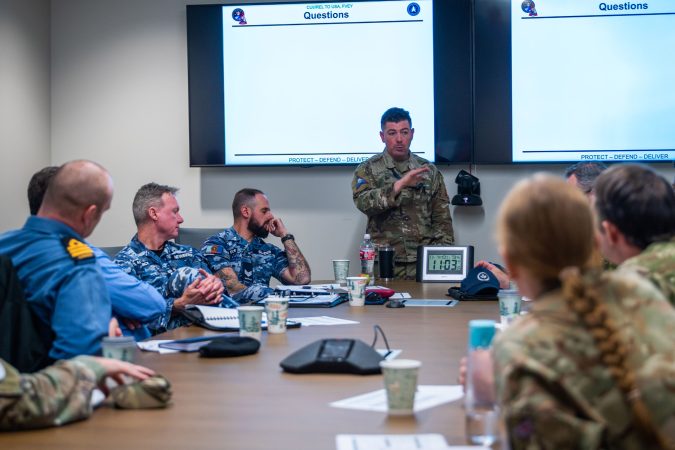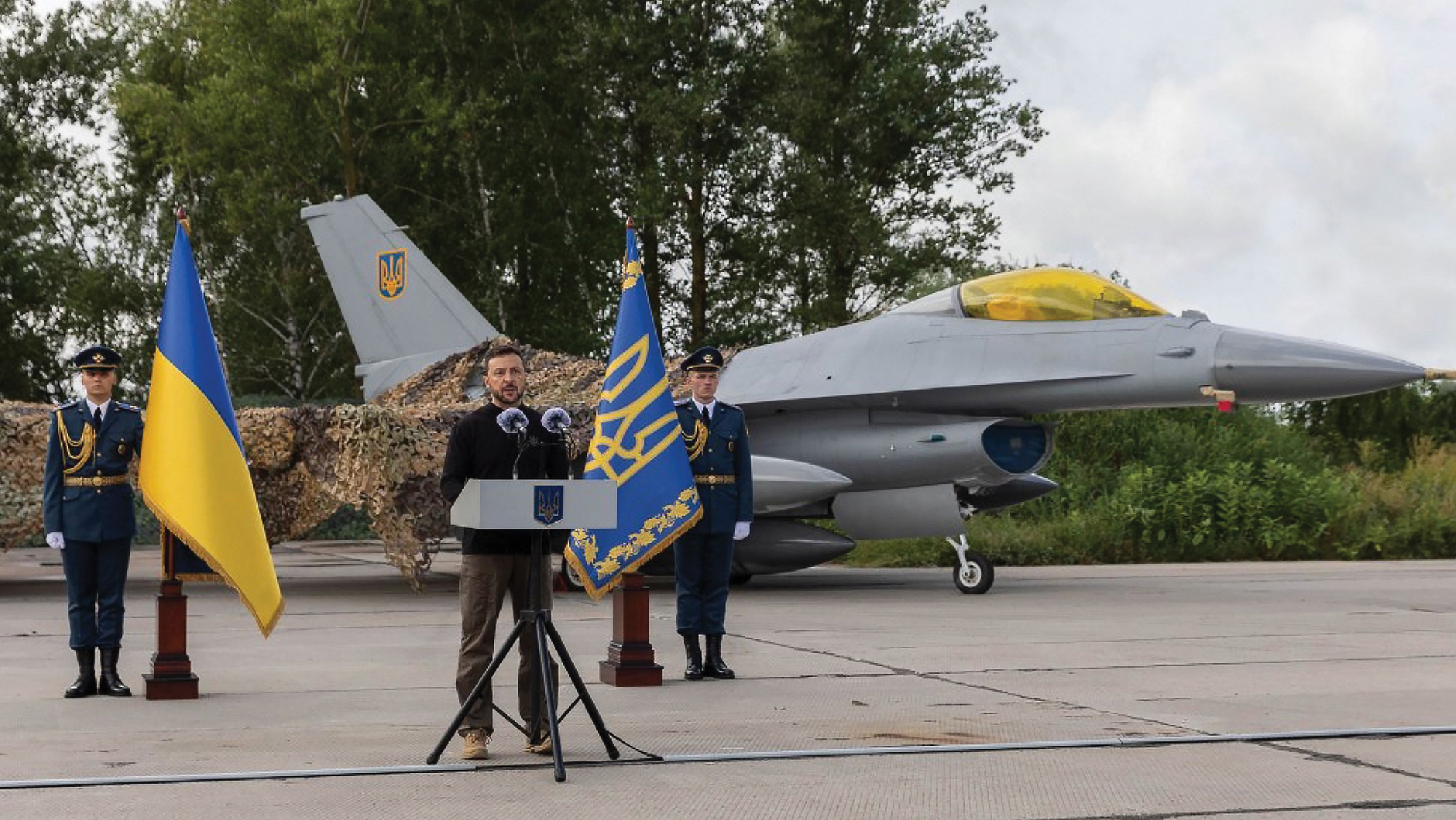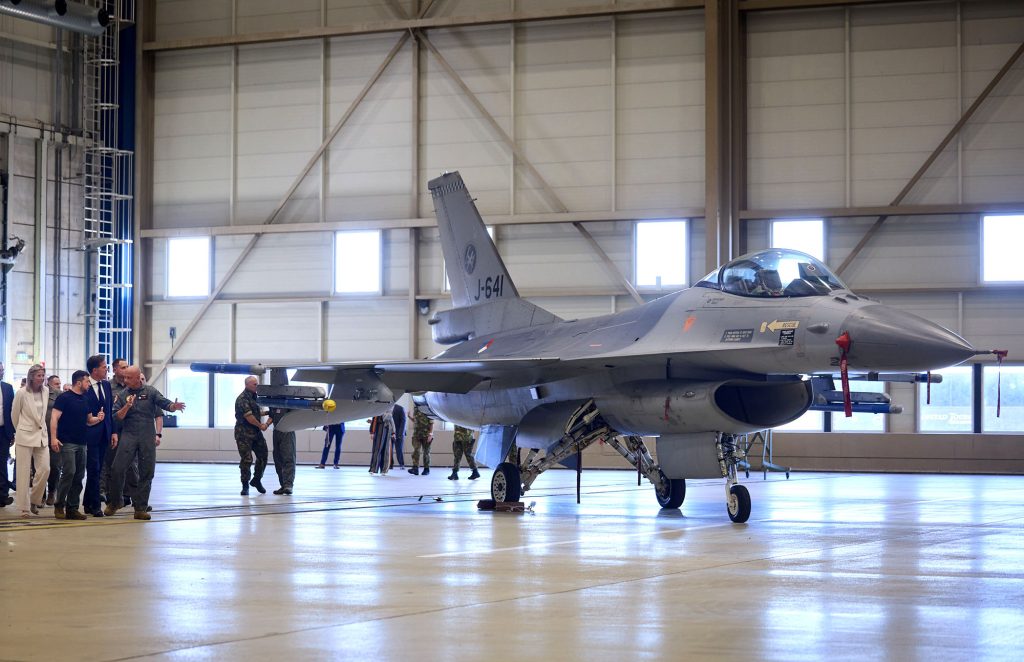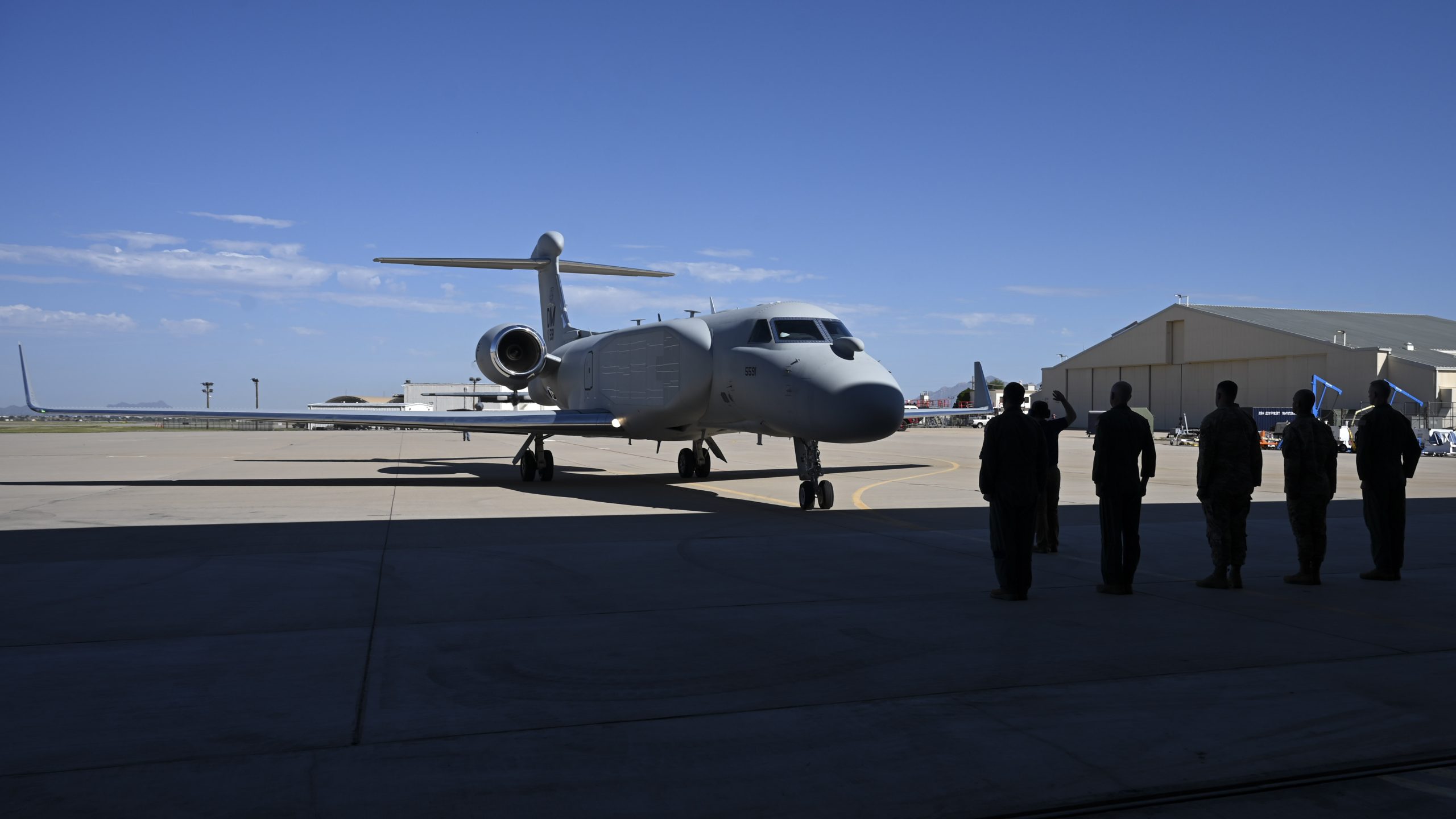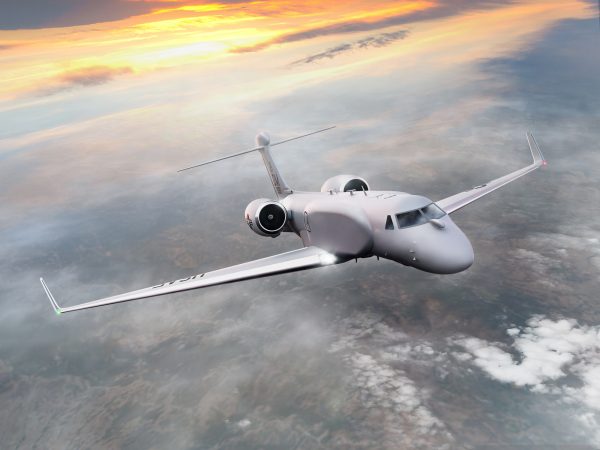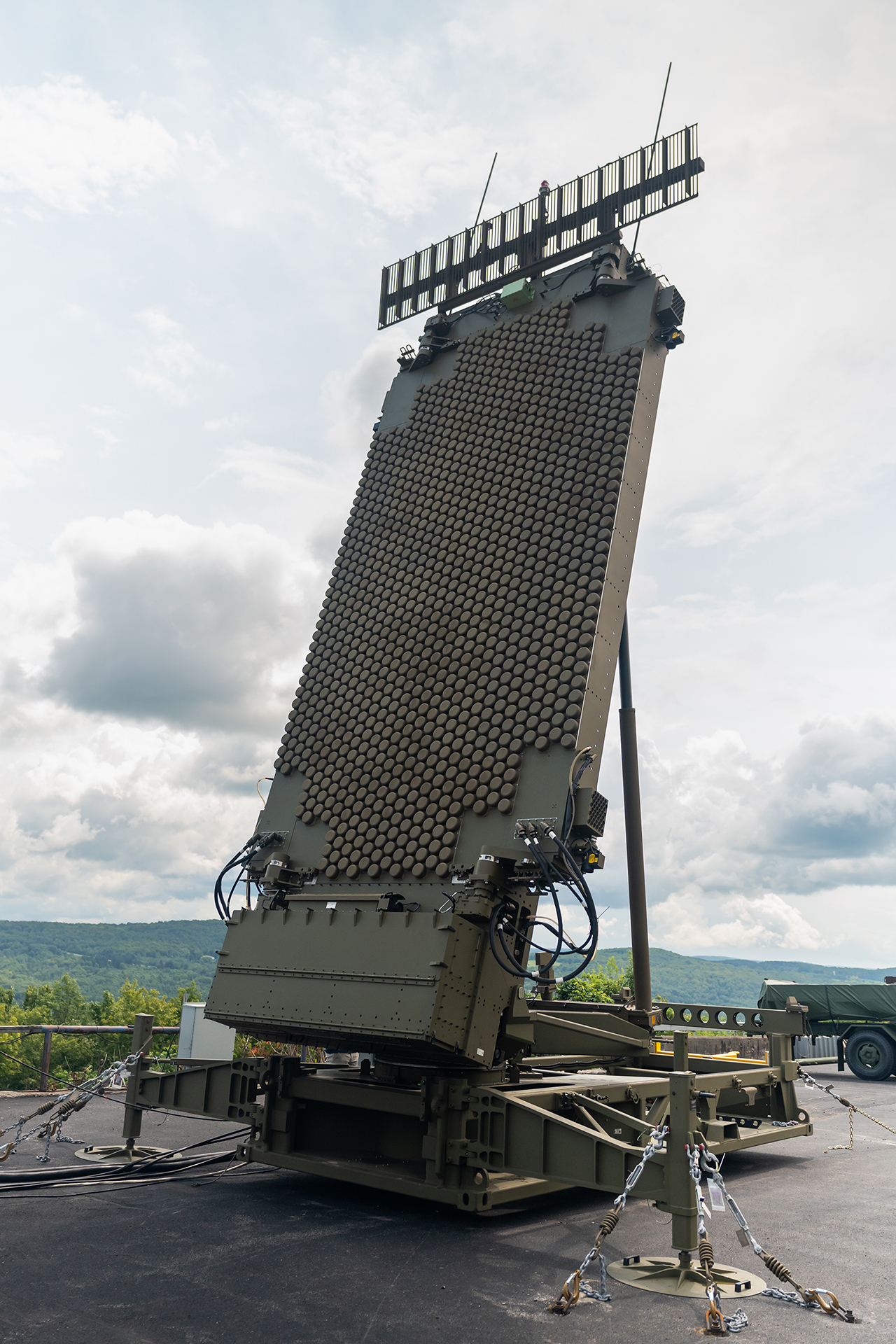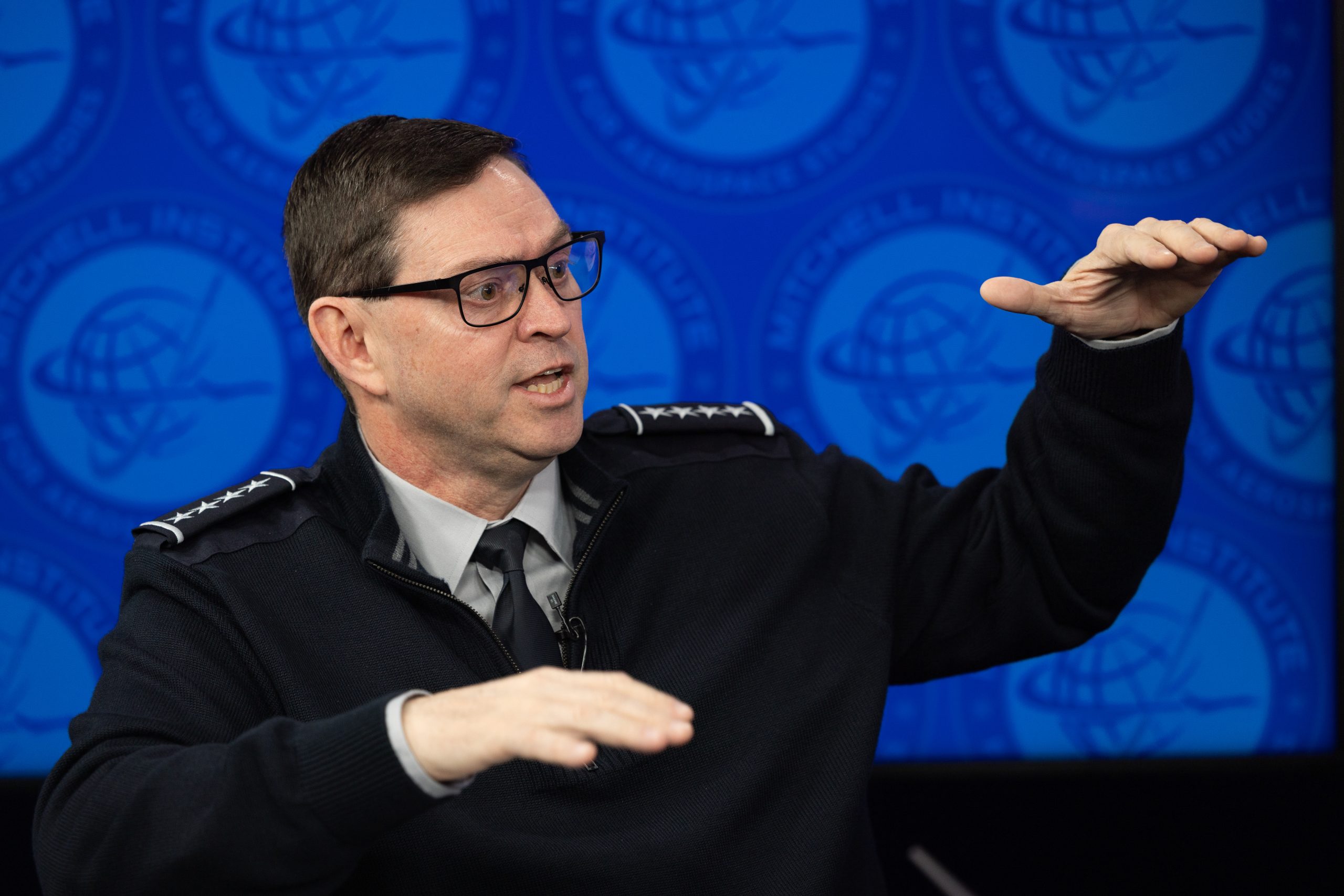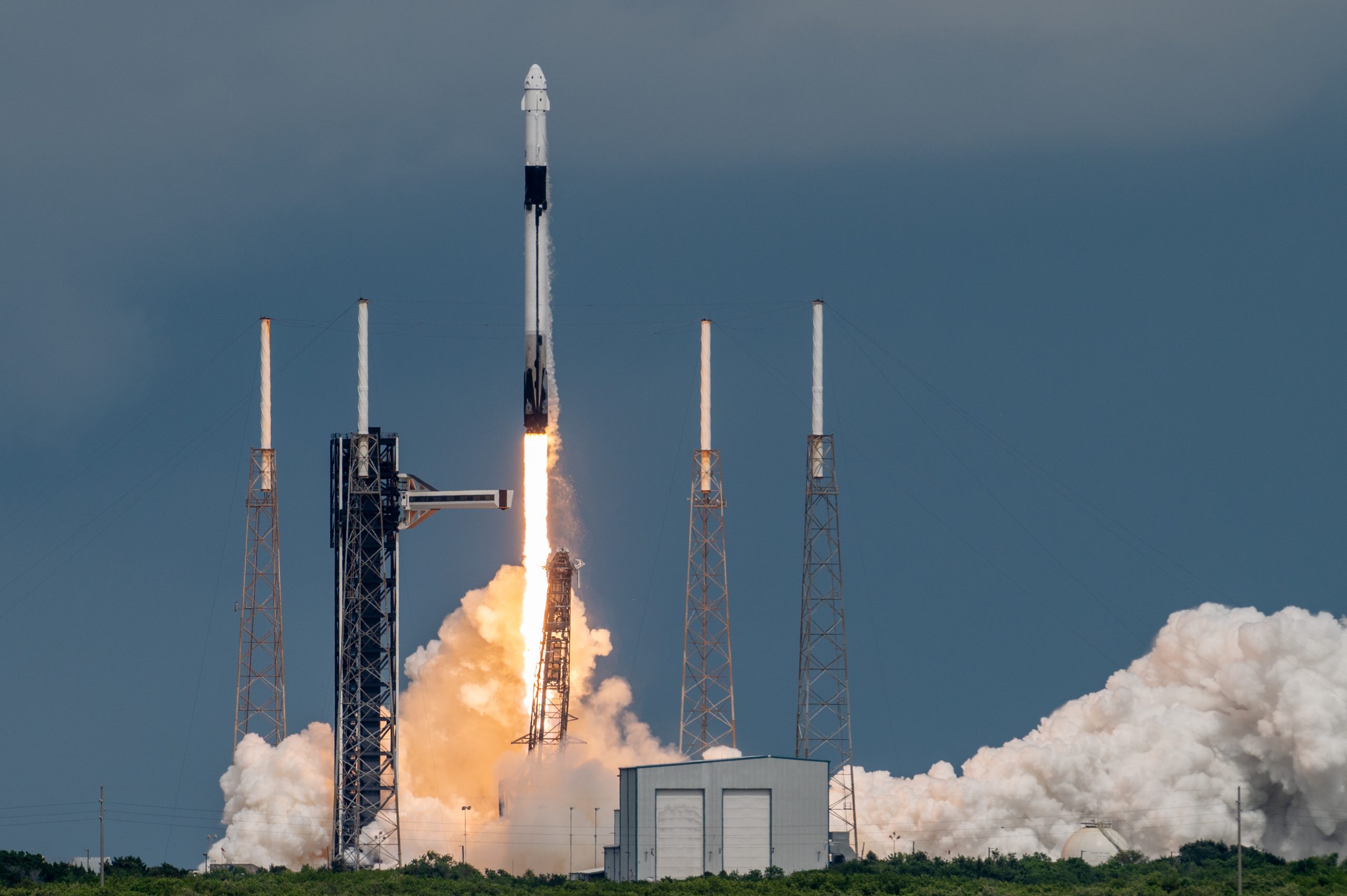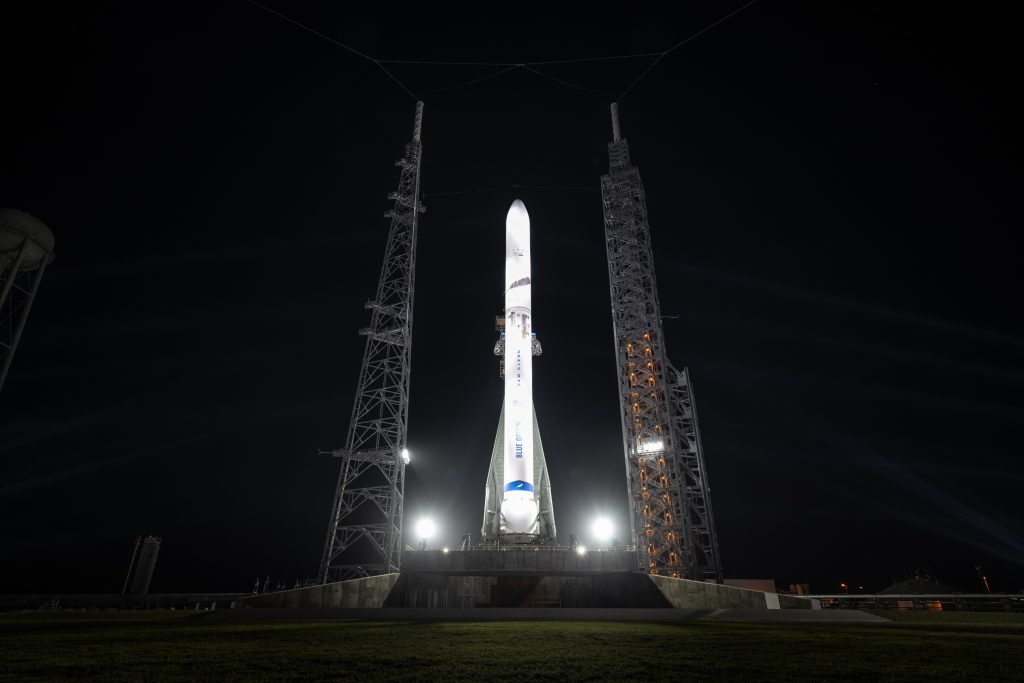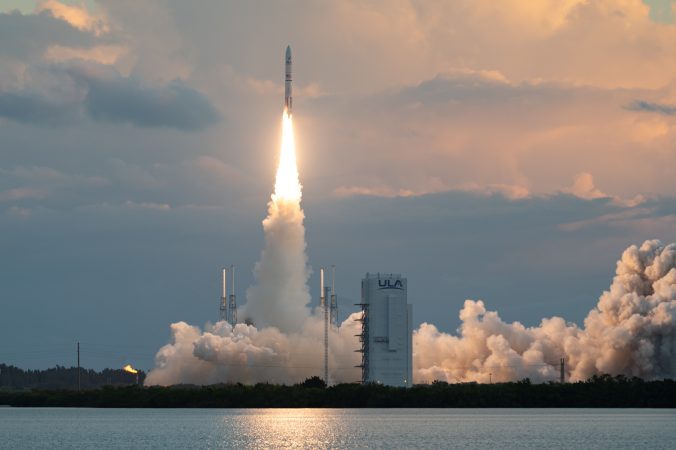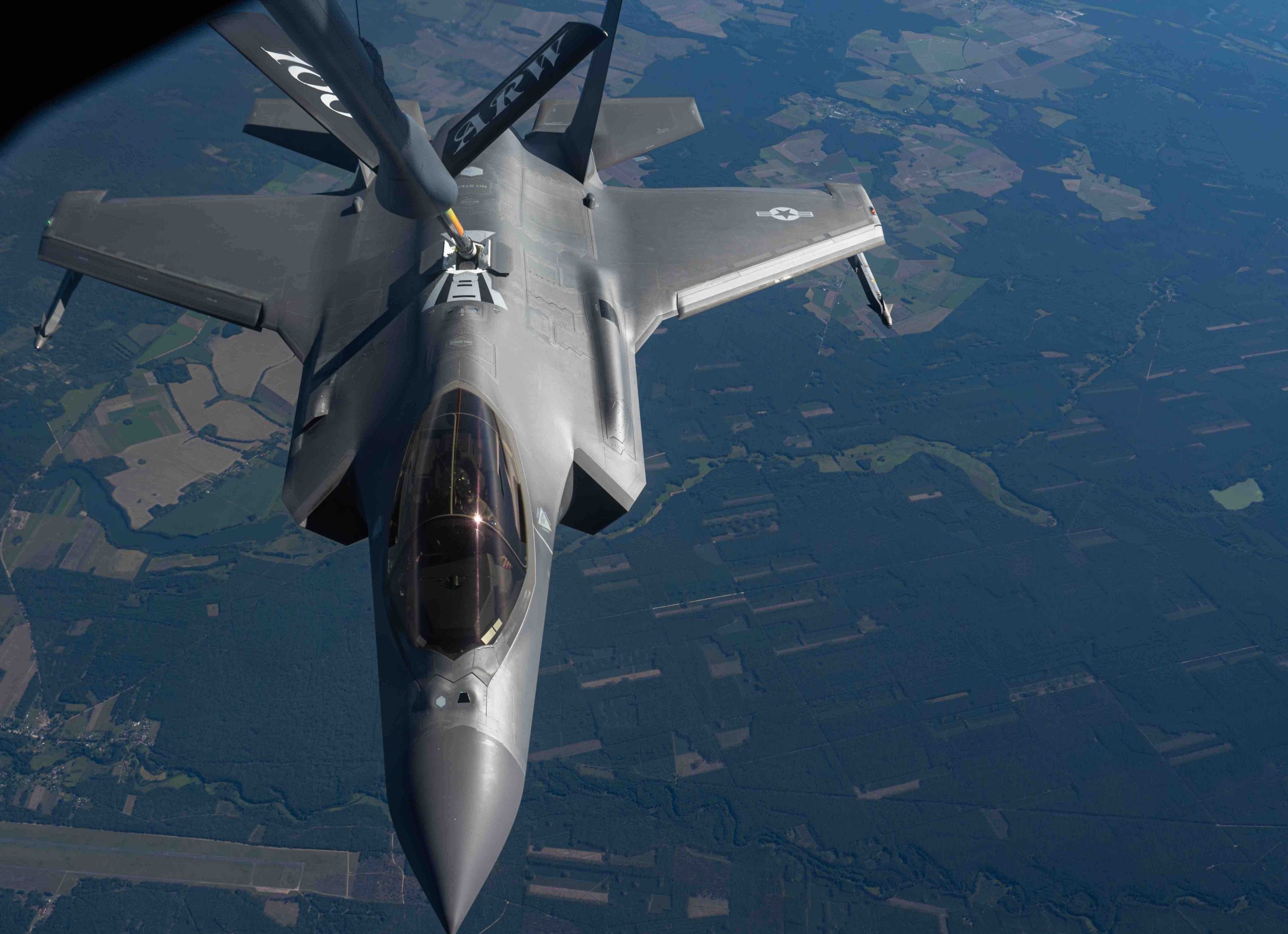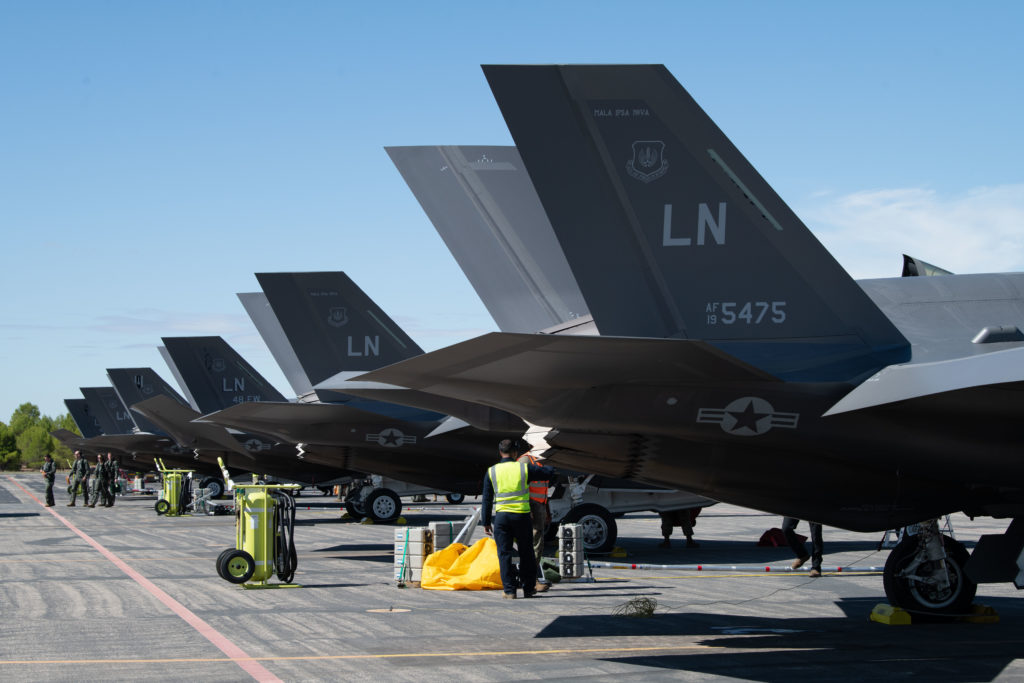F-35A and F-15E fighter jets touched down at Kadena Air Base in recent days, marking the latest rotation of fighters as the Okinawa base awaits its new permanent F-15EX fleet.
The stealthy F-35s came from the 355th Expeditionary Fighter Squadron at Eielson Air Force Base, Alaska; the Strike Eagles came from the 336th Expeditionary Fighter Squadron at Seymour Johnson Air Force Base, N.C. They arrived at Kadena from April 3-6, Kadena’s 18th Wing said in a release.
The combination of fourth- and fifth-generation fighters at the strategic U.S. outpost in the western Pacific is aimed at “deterring potential adversaries,” the release added.
“The men and women of the 355th EFS are excited to be back at Kadena Air Base,” said Lt. Col. Erik Gonsalves, commander of the 355th EFS. The squadron was previously assigned to the location in March 2023. “I have spent the majority of my career in PACAF and am looking forward to enhancing our squadron’s proficiency in the asymmetric advantages we share in this AOR.”
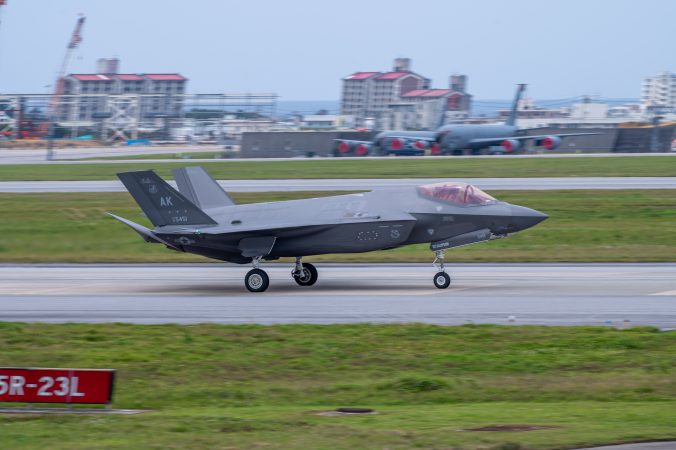
The new fighters are the first to arrive at Kadena since the base’s last original F-15C had its final flight in January—the last operational F-15C flight across the entire Active-Duty Air Force. A few of the aging fighters are still at Kadena, decommissioned as training aids for maintainers.
In the long term, Kadena is set to get 36 F-15EX Eagle IIs to replace 48 F-15C/D Eagles that had defended Japan’s southernmost major island for 45 years.
The 18th Wing is expecting its first batch of the EX fighters to touch down at the base between March and June 2026.
Since the F-15C/D began phasing out in 2022, the Air Force has been rotating fourth- and fifth-gen fighters, including F-15Es, F-16s, F-35s, and F-22s, to supplement Kadena’s airpower. Given that previous deployments of a squadron typically lasted about six months, the F-35As and F-15Es will likely be swapped out for other fighter squadrons later this year.
Col. David Deptula, 18th Operations Group commander, added that these rotations “ensures the continuation of our long-standing mission to defend Japan and maintain an open and free Indo-Pacific.”
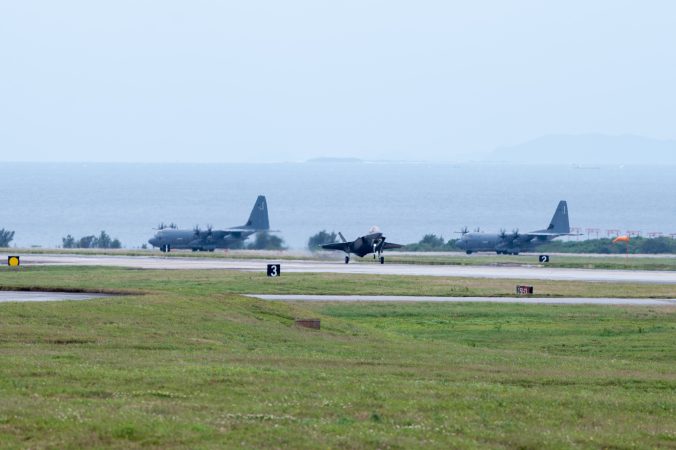
The ongoing fighter rotation at Kadena will continue until the base receives all three dozen Eagle IIs and achieves full operational capability, though the timeline remains murky for now.
In previous rotations, once new squadrons arrive, the previously assigned fighters and aircrews returned to their home stations within a few weeks. The most recent shift took place in January, when the Vermont Air National Guard’s F-35s arrived at the Okinawa base.
“We are looking forward to putting our skills and training to the test and taking our mission execution to the next level here on Okinawa,” said Maj. Chris Burson, 336th Fighter Generation Squadron commander. “Kadena is a fantastic opportunity for us—working alongside our mission partners, sharing experiences and techniques, will be invaluable and will ensure we are an effective fighting force in the Indo-Pacific.”


